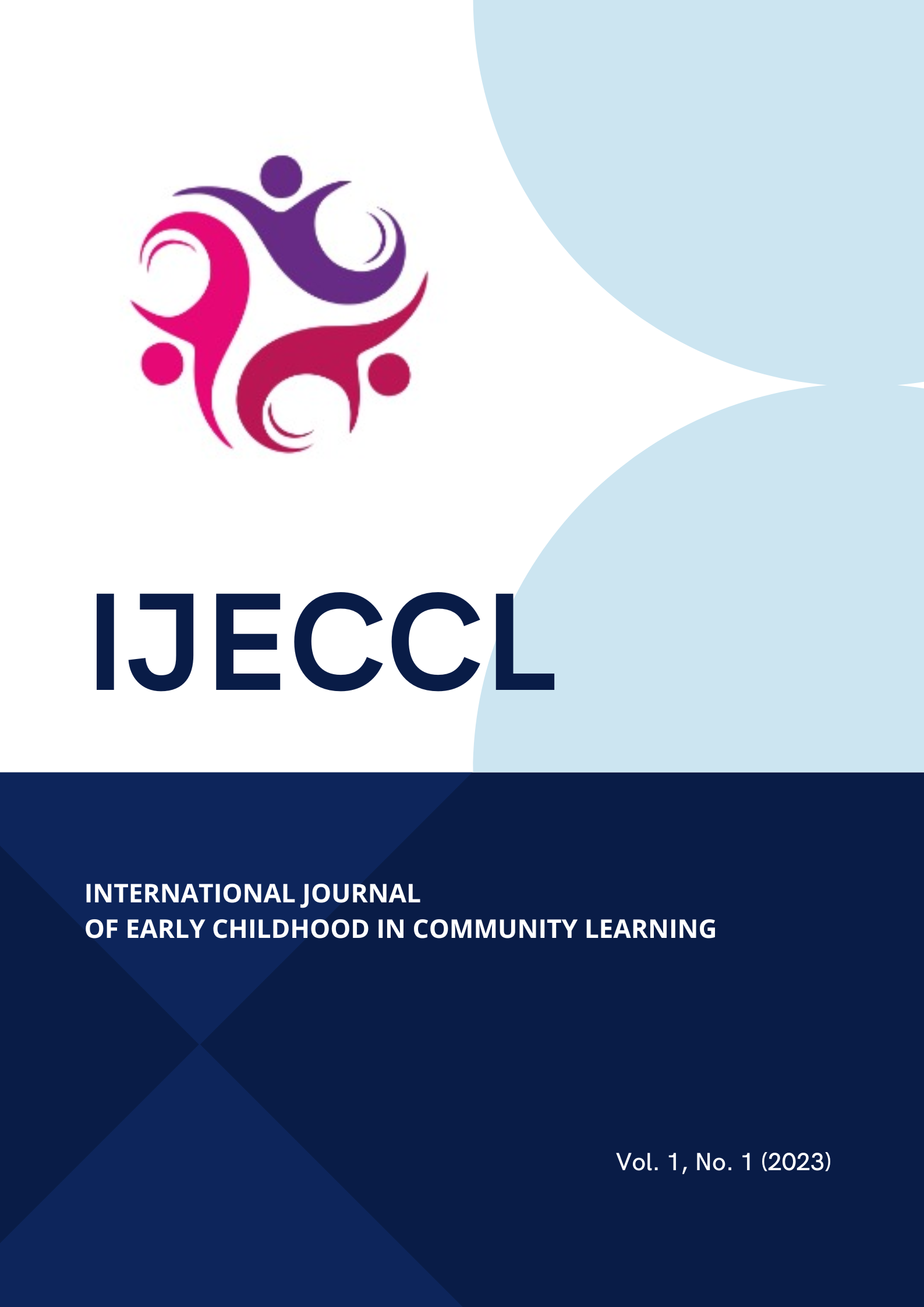THE INFLUENCE OF VERBAL PARENTS COMMUNICATION ON THE SOUL AND PERSONAL GROWTH OF EARLY CHILDREN
(Observational Study of Various Professions, Tribes/Ethnicity in Palu City, Central Sulawesi Province)
Kata Kunci:
Influence, Parental Communication, Spiritual and Personality GrowthAbstrak
This study aims to find out how the verbal communication of parents (fathers and mothers) influences the growth of the soul and personality of children aged. The reason why the writer chooses this problem is due to the phenomenon that; the growth and even development of the soul of an early child is determined by communication between the two parents which is the main factor, apart from the family living together, the child's play environment, parents' lifestyle and other internal and external factors. The method used in this study is the result of direct observation, even the author himself as a human instrument (actors; speakers). In addition, a random survey of 500 populations through open questionnaires, interviews and other instruments to support research. A review of research phenomena shows that (1) the main cause of children's violent character is due to the rude communication of parents, (2) the main cause of disobedient and disobedient children is because their parents often argue and do not love each other, (3) the main cause of stubborn children is because of sustenance doubts subhat/or illegitimacy, (4) Children are not polite because their parents do not act like that, (5) All forms of attitudes, behavior, speech of children are based on the genes or heredity of both parents, (6) Playmates of children aged Early childhood which is the closest environment enough to influence the growth of children's character. The final result as a conclusion that; through a verbal communication approach (gentle, gentle and full of love and care) based on a religious approach (praying and reading the Koran at all times and circumstances). This amount reaches 48% of the research sample. This number is still categorized as quite high. In contrast, the group of parents who succeeded reached 52% of the research sample with various success categories. The group of parents (children/sample) who received an A score totaled 2 people or 4%, a B score was achieved by 5 groups of parents or 10%, a C score (score) was achieved by 7 people or 14%, while a score D was achieved with the highest frequency. high, that is; 24 people or 48%. This amount reaches 48% of the research sample. This number is still categorized as quite high. In contrast, the group of parents who succeeded reached 52% of the research sample with various success categories. The group of parents (children/sample) who received an A score totaled 2 people or 4%, a B score was achieved by 5 groups of parents or 10%, a C score (score) was achieved by 7 people or 14%, while a score D was achieved with the highest frequency. high, that is; 24 people or 48%. the value (score) C is achieved by 7 people or 14%, while the score D is achieved with the highest frequency, namely; 24 people or 48%. the value (score) C is achieved by 7 people or 14%, while the score D is achieved with the highest frequency, namely; 24 people or 48%.Unduhan
Diterbitkan
2023-05-26
Terbitan
Bagian
Articles




